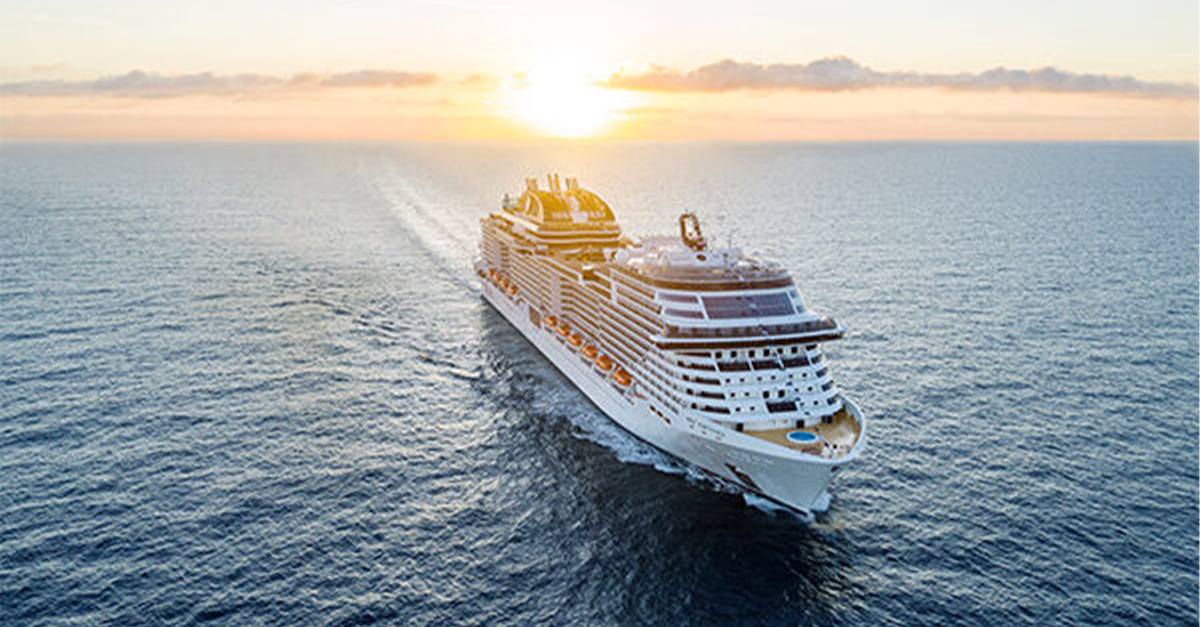6 must-visit wonders of the Amalfi coast
Thanks to its panoramic views, picturesque landscapes, unspoiled nature and ancient palaces and gardens, the Amalfi coast ranks at the top of the most popular destinations in Italy by both Italian and international tourists. The post 6 must-visit wonders...
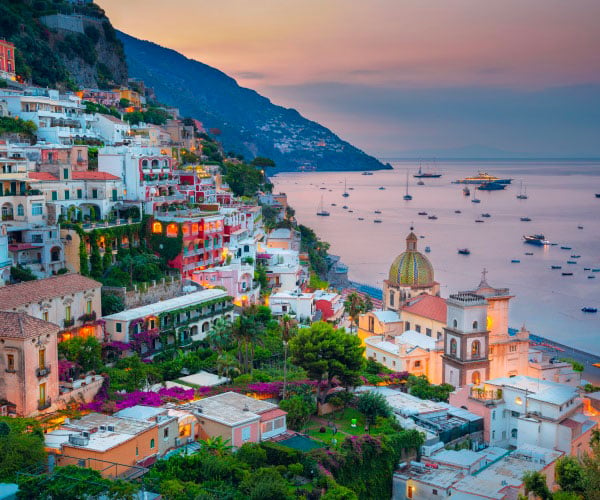
Thanks to its panoramic views, picturesque landscapes, unspoiled nature and ancient palaces and gardens, the Amalfi coast ranks at the top of the most popular destinations in Italy by both Italian and international tourists. It appears as a huge terrace suspended between the cobalt blue sea and the slopes of the Lattari mountains, in a succession of valleys and promontories between coves, beaches and terraces planted with citrus, vines and olive trees.
The Amalfi Coast, also known as the “Divina”, offers local visitors and tourists a cultural and artistic heritage represented not only by great examples of architecture, but also by important natural elements, food and wine, and craftsmanship.
Now let’s discover 6 of the numerous wonders the Amalfi Coast offers to its visitors.
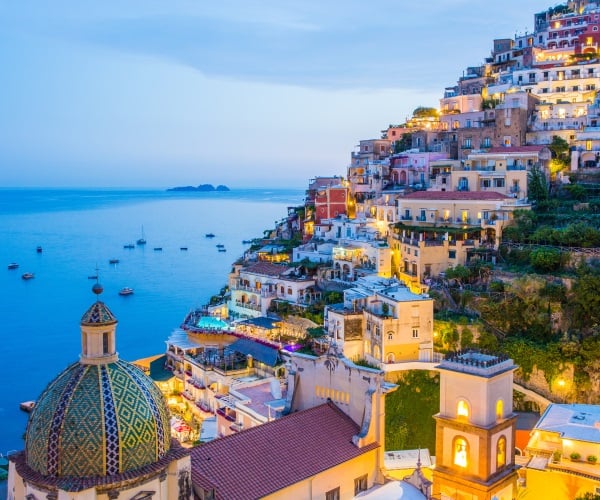
Amalfi
Amalfi is one of the most important places on the Amalfi Coast, with a glorious history. Together with Pisa, Genoa and Venice, it was one of the Maritime Republics that made the history of the Mediterranean sea, reaching 70,000 inhabitants compared to the current 5,000. Numerous traces remain of the greatness of Amalfi: from the Arsenale, the shipyard where the boats of the fleet were built, to the Regatta of the Maritime Republics which every takes place 4 years in the city waters with a remarkable organization, rewarded by the positive numbers of the turnout.
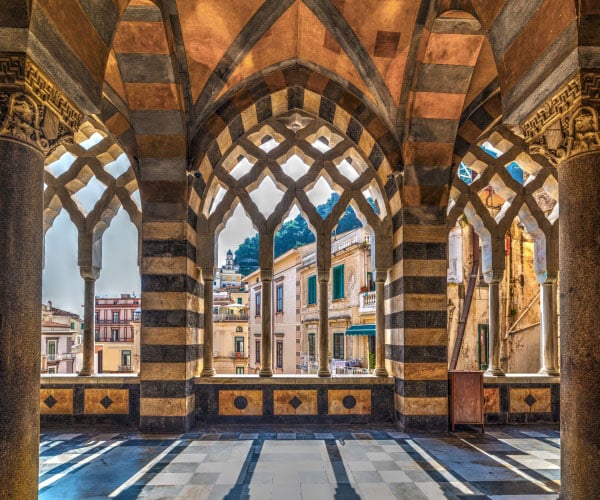
Do not miss the visit to the Cathedral of Sant’Andrea, as well as the Paper Museum. The latter is housed inside one of the mills formerly used to process paper. The entire Sorrento peninsula, in fact, for centuries has boasted an excellent paper industry that exploited the wide availability of streams from the Lattari Mountains. In the riverbeds dug by these waterways, paper mills were built, whose activity definitively ceased around the mid-1950s (except for a limited handicraft production that still continues nowadays).
Ravello
Immediately after Amalfi, Ravello is the ideal destination for those seeking a holiday on the Amalfi Coast away from the hustle and bustle that has characterized these places for years. The town, in fact, is located more than 300 meters above sea level and, in addition to the magnificent views, boasts a cooler climate that certainly suits those who can’t stand summer the heat. As for the things to see, they are few but of extraordinary beauty.
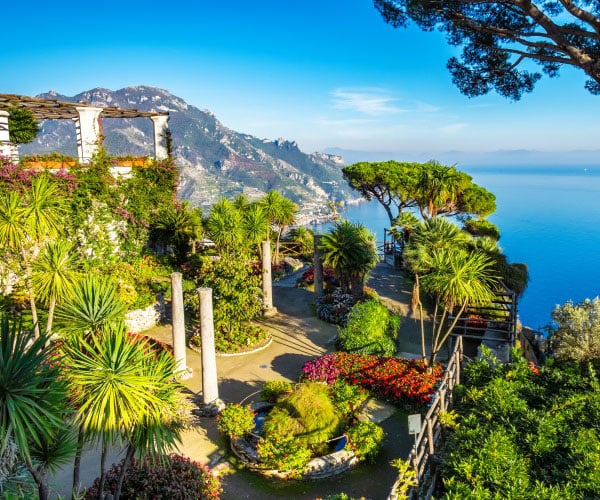
Above all, Villa Rufolo and Villa Cimbrone are two stately homes that over the years have turned into tourist attractions. The first hosts a series of high-level musical events, especially during the Ravello Festival, a music festival that almost fully monopolizes the tourist calendar of the town. Villa Cimbrone, on the other hand, is a charming 5-star hotel, but the extraordinary panoramic garden (renamed “Terrace on the Infinite”) can still be visited. The Cathedral, which dominates the main square, and the futuristic Auditorium designed by Brazilian architect Oscar Niemeyer are also worth a visit. This hyper-modern structure, distant, but not at all out of place compared to the architectural style of the locality, hosts a substantial part of the events of the Ravello Festival mentioned above.
Positano
In terms of fame, Positano is second only to Capri. We are therefore talking about one of the most world-renown tourist destinations, particularly crowded during the summer months. In spring and autumn, however, Positano shows its best face, extraordinarily fascinating, especially for those who visit it for the first time.

The most striking feature, in fact, is its prevalent vertical development. The houses are perched on one another, almost clinging to the rock that gently reaches the sea. Strolling through its narrow streets full of boutiques and shops truly is a worthwhile experience. Positano is famous throughout the world for the handmade production of clothes and sandals. Also worth a visit is the Church of Santa Maria Assunta with its dome that stands out in the middle of the city. There are two main beaches: Spiaggia Grande, at the foot of the town; and the Spiaggia del Fornillo, just a few minutes’ walk from the hydrofoil dock.
Praiano
Less than ten kilometres from Positano, Praiano is the ideal solution for those who especially seek relaxation and tranquillity during their holiday. The town is divided into two hamlets: Vettica, the upper part, and Marina di Praiano, close to the sea. There are also two beaches: Gavitella and Marina di Praia. Despite their small size, these are exclusive beaches, perfectly equipped, also offering a variety of restaurants specialising in fresh seafood and delectable Campana cuisine. The view and the sunset complete the idyll. Praiano, in fact, is famous for its wide view and its fiery sunsets, almost always with Capri clearly visible in the background. It is the ideal location for a romantic holiday with the right mix of privacy and social life.
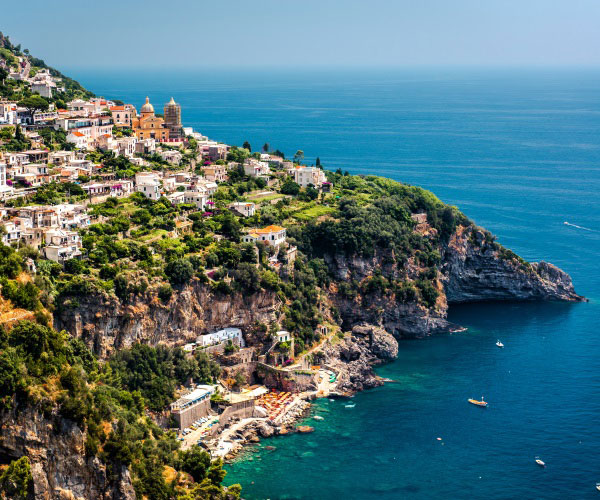
IMPORTANT NOTICE:
If you are reading this article anywhere other than on A Luxury Travel Blog, then the chances are that this content has been stolen without permission.
Please make a note of the web address above and contact A Luxury Travel Blog to advise them of this issue.
Thank you for your help in combatting content theft.
Furore
Immediately after Praiano, you meet the fjord of Furore, an unmissable stop during a holiday on the Amalfi Coast. It is a narrow inlet, carved out by the incessant erosion of the Schiato river, coming from the Lattari Mountains. The fjord, now known as Marina di Furore, represents the touristic part of the town. The actual village, on the other hand, is located 600 meters above sea level and can be reached via some steep paths that go up inland from the coast. It is actually improper to speak of a village since one of the characteristics of Furore is the absence of a real inhabited centre. The houses and churches of this small town are scattered here and there following, in most cases, the course of the land.
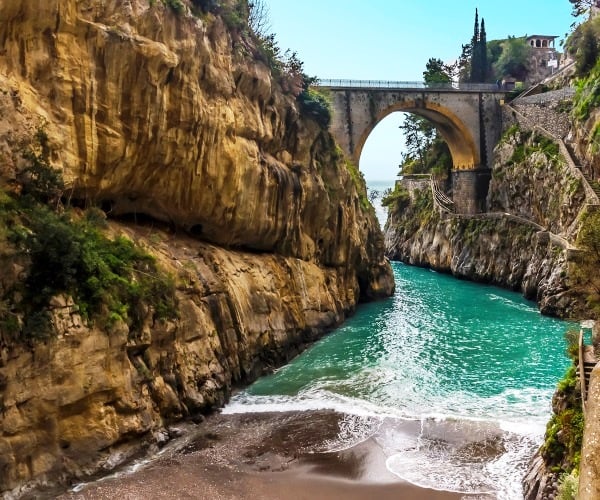
Conca dei Marini
We are talking about one of the smallest villages in Italy (just over 600 inhabitants) yet very proud of its history. An identity with a double soul, of land (cultivation of lemons and cherry tomatoes) and sea (the “tonnara”, the traditional fishing system for catching tuna that was active until 1956), which fortunately continues to renew itself. There are several places worth a visit, including the beach of Marina di Conca, at the end of 300 steps, and above all the Emerald Grotto, a wonderful sea ravine discovered in the 1930s by a local fisherman.
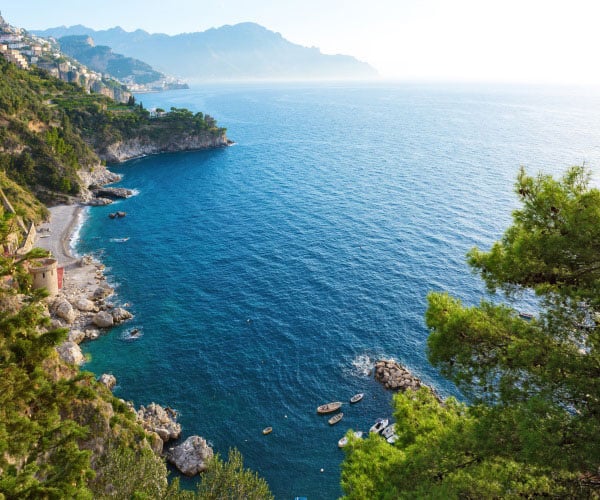
Daniela De Luca is CEO at Home in Italy. Home in Italy is a luxury villa rental company offering high end holiday villa experiences throughout the best regions of Italy since 1993.
If you would like to be a guest blogger on A Luxury Travel Blog in order to raise your profile, please contact us.

 Tekef
Tekef 








